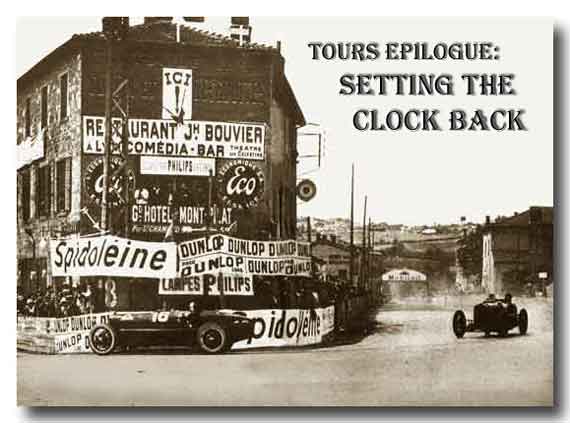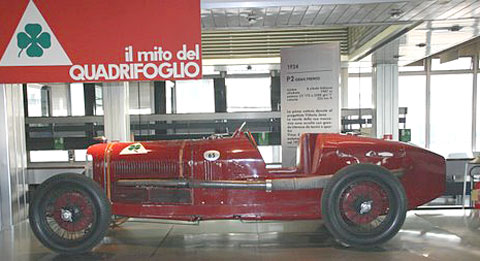Did the daring new designs by Voisin and Bugatti advance the art of race car engineering? Read Gijsbert-Paul Berk’s surprising analysis. (Above, Alfas at Lyon, 1924.)
By Gijsbert-Paul Berk
When the dust had finally settled down and the excitement of the race was ebbing away, many of the French spectators went home somewhat disillusioned. The expected duel between the Bugatti and Voisin cars never happened. It was obvious from the beginning that the six-cylinder sleeve valves of the Voisin “Laboratoires” were no match for the more powerful eight cylinders of the Bugatti Tanks. The new V12 Delage had retired within a few laps from the start, and after a valiant struggle the two Tours-based Rolland-Pilains were also forced to retire with mechanical problems.
No, it had not been a glorious day for the French manufacturers. In spite of the fact that a Bugatti and a Voisin had finished in third and fifth place, the foreigners in their Fiats and Sunbeams had dominated this Grand Prix de France from the first lap onward.
And even more importantly, did the outcome of this battle between conventional Grand Prix cars and the revolutionary and daring new designs from Bugatti and Voisin have much of an influence on the future of Grand Prix racing?
The sad truth is that from an engineering point of view, it set the clock back.
The 1924 contenders: Improved engines, horsecart chassis, minimal streamlining.

